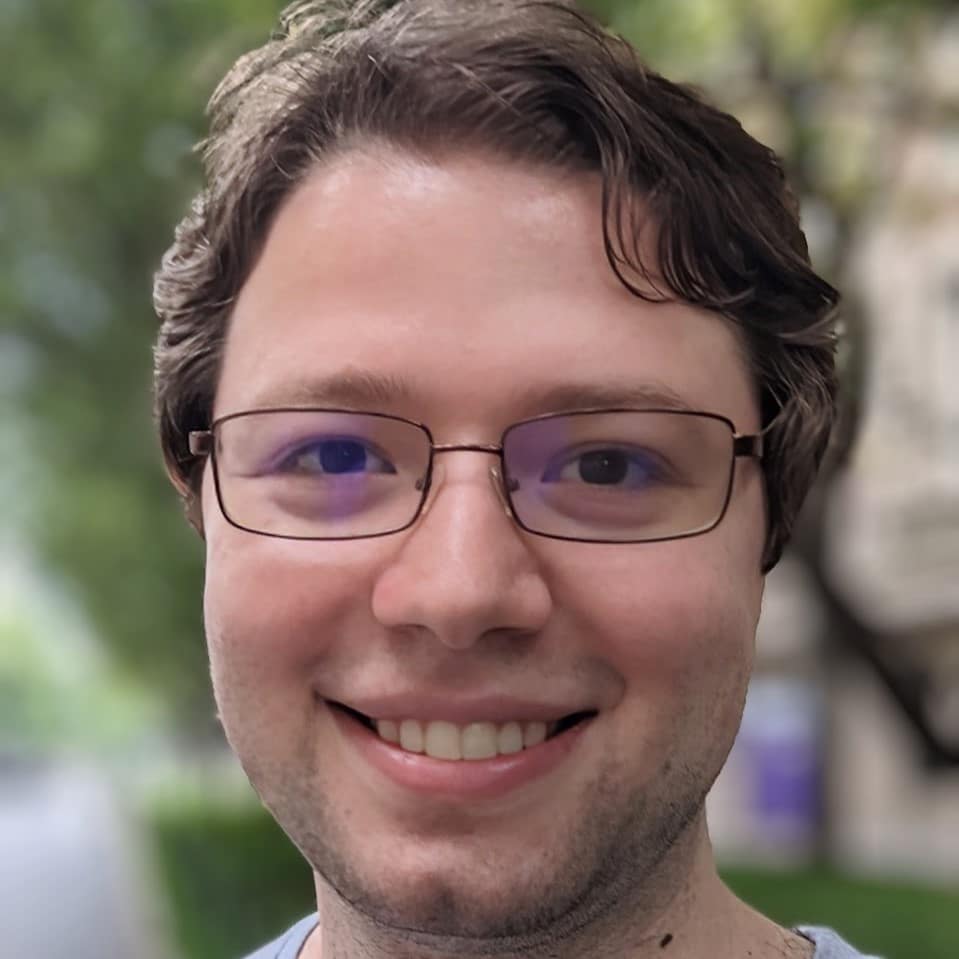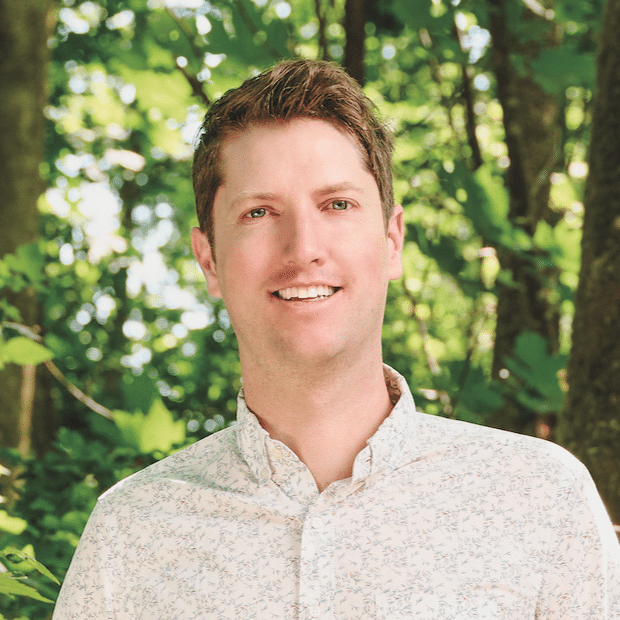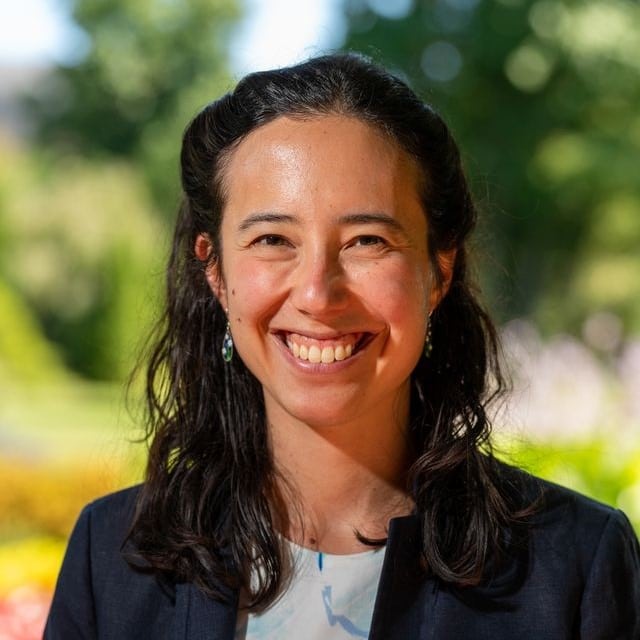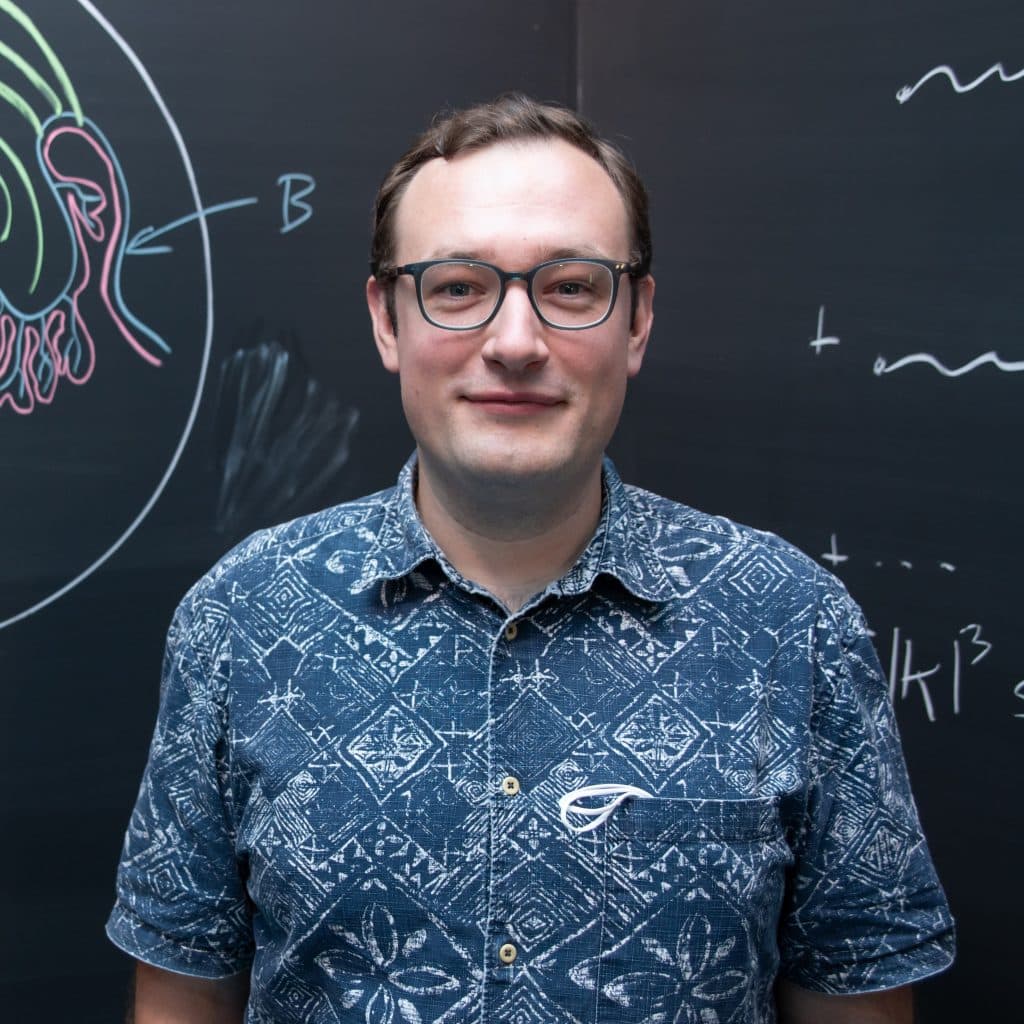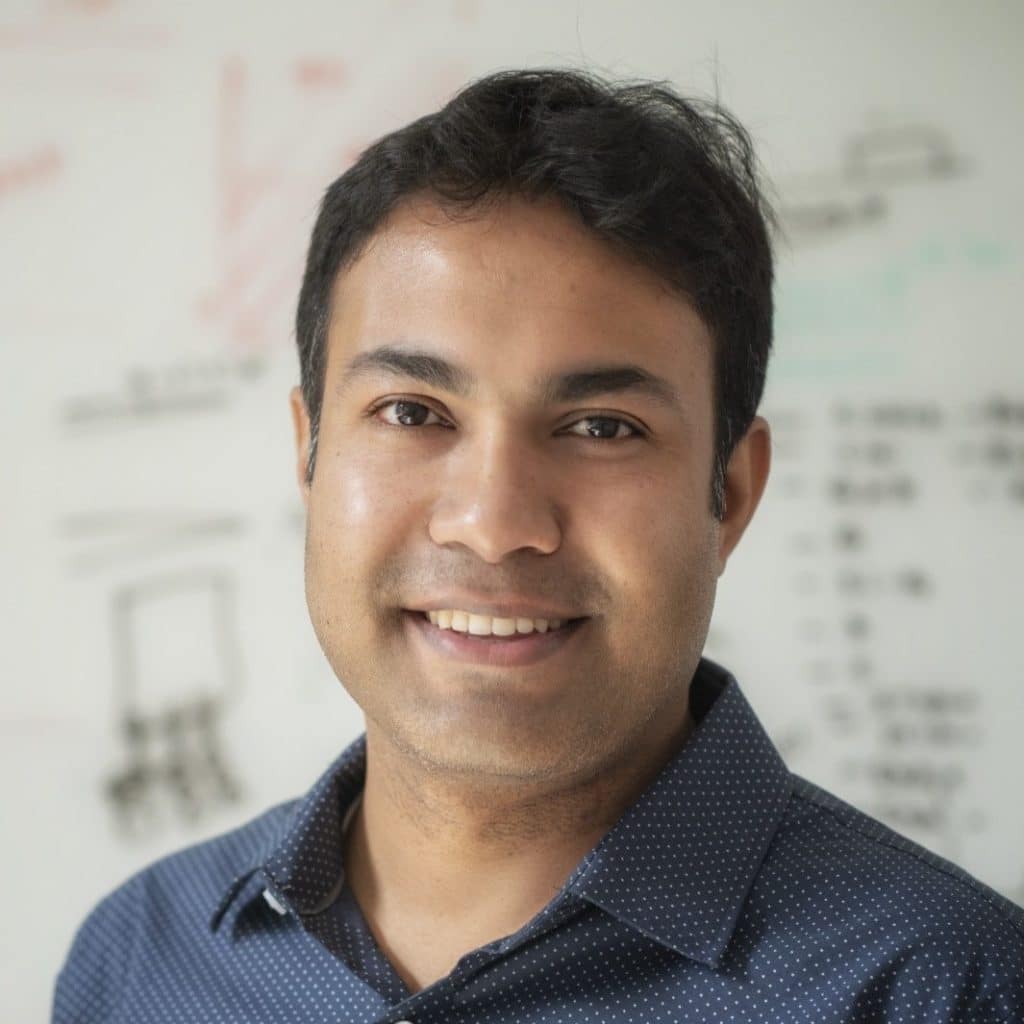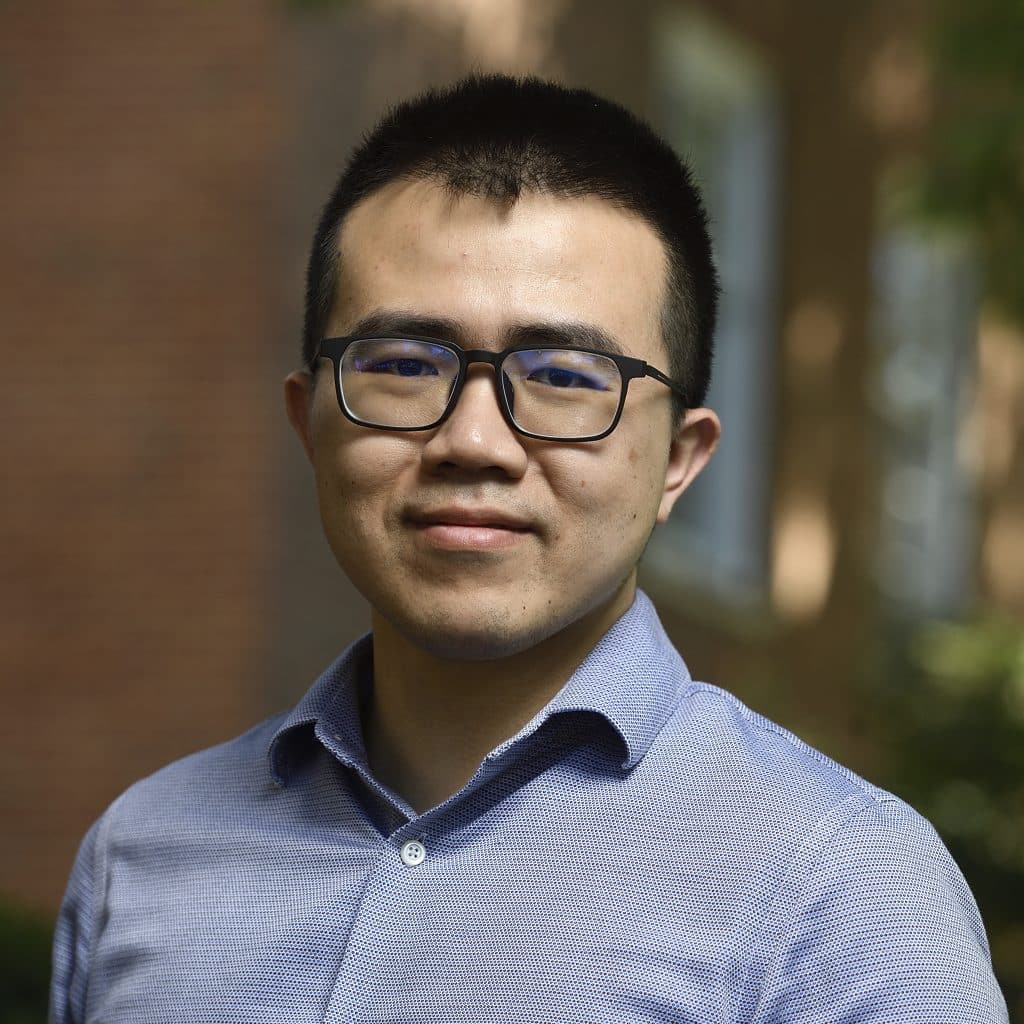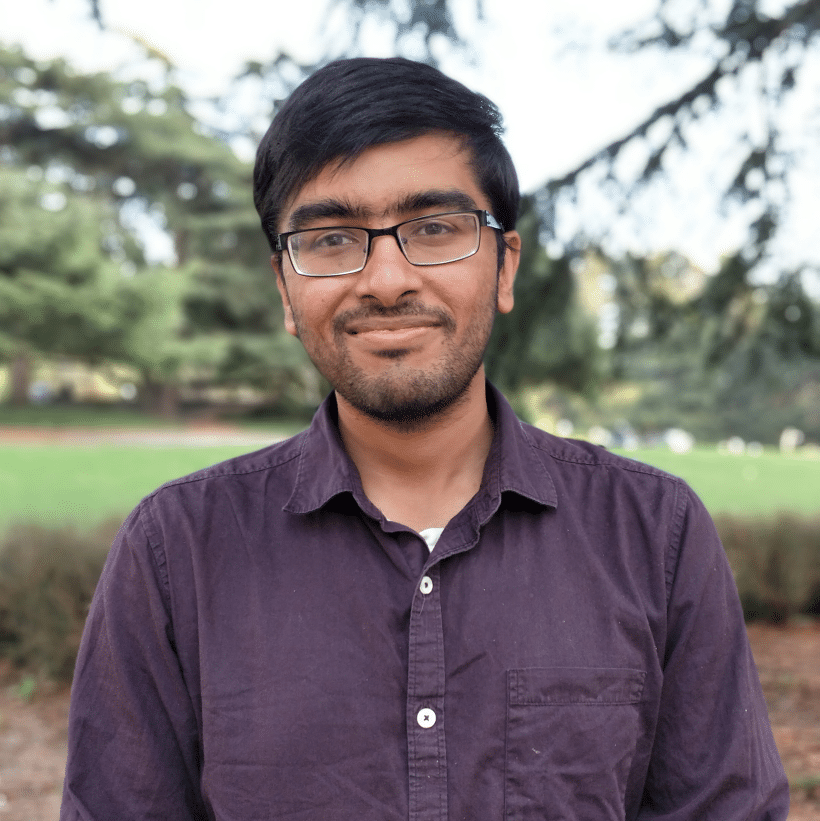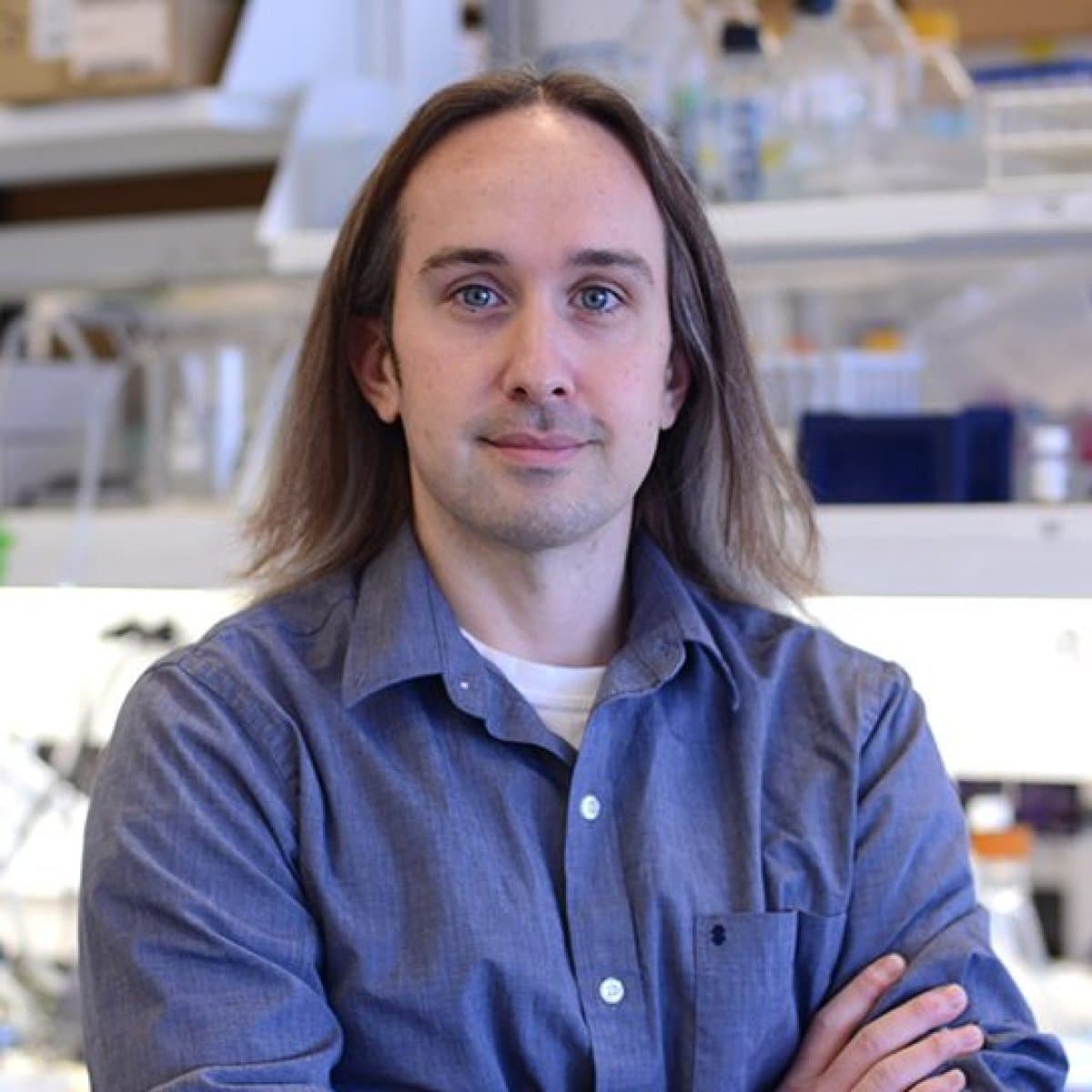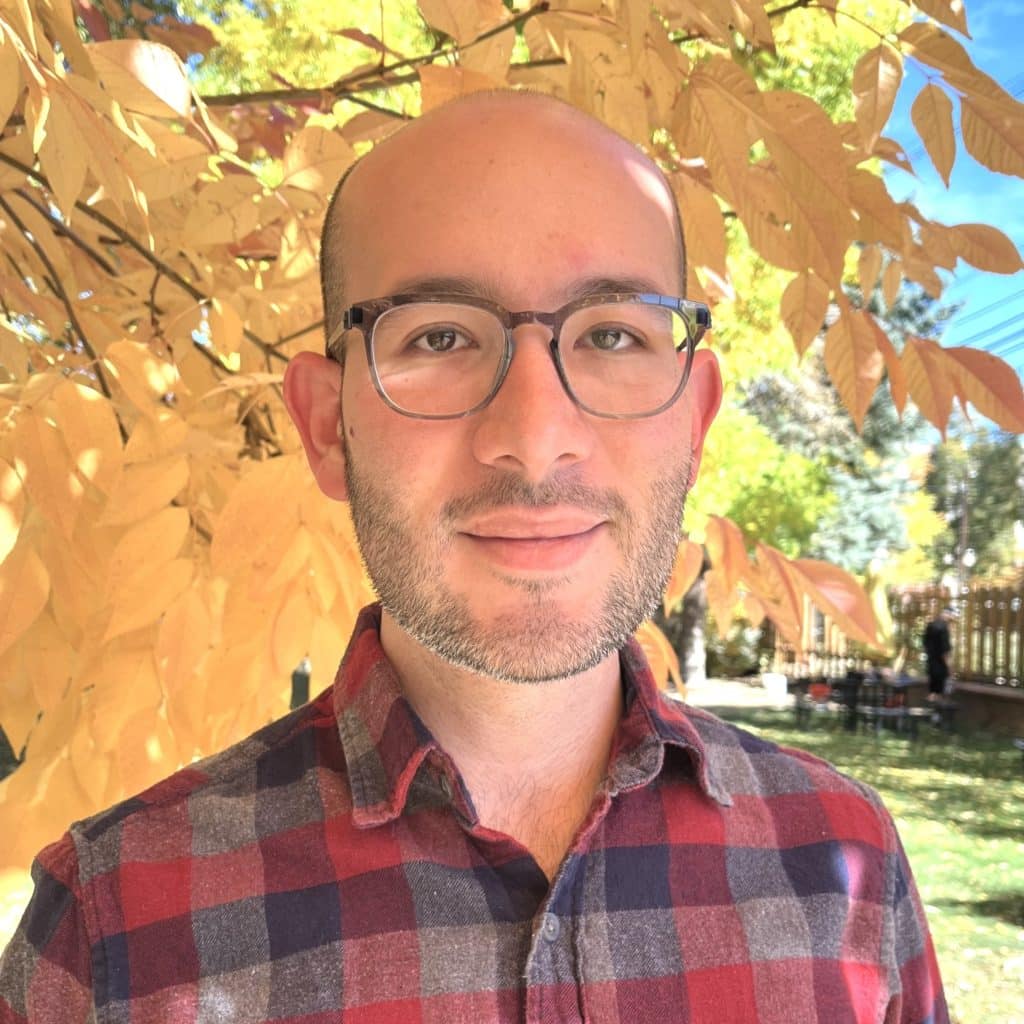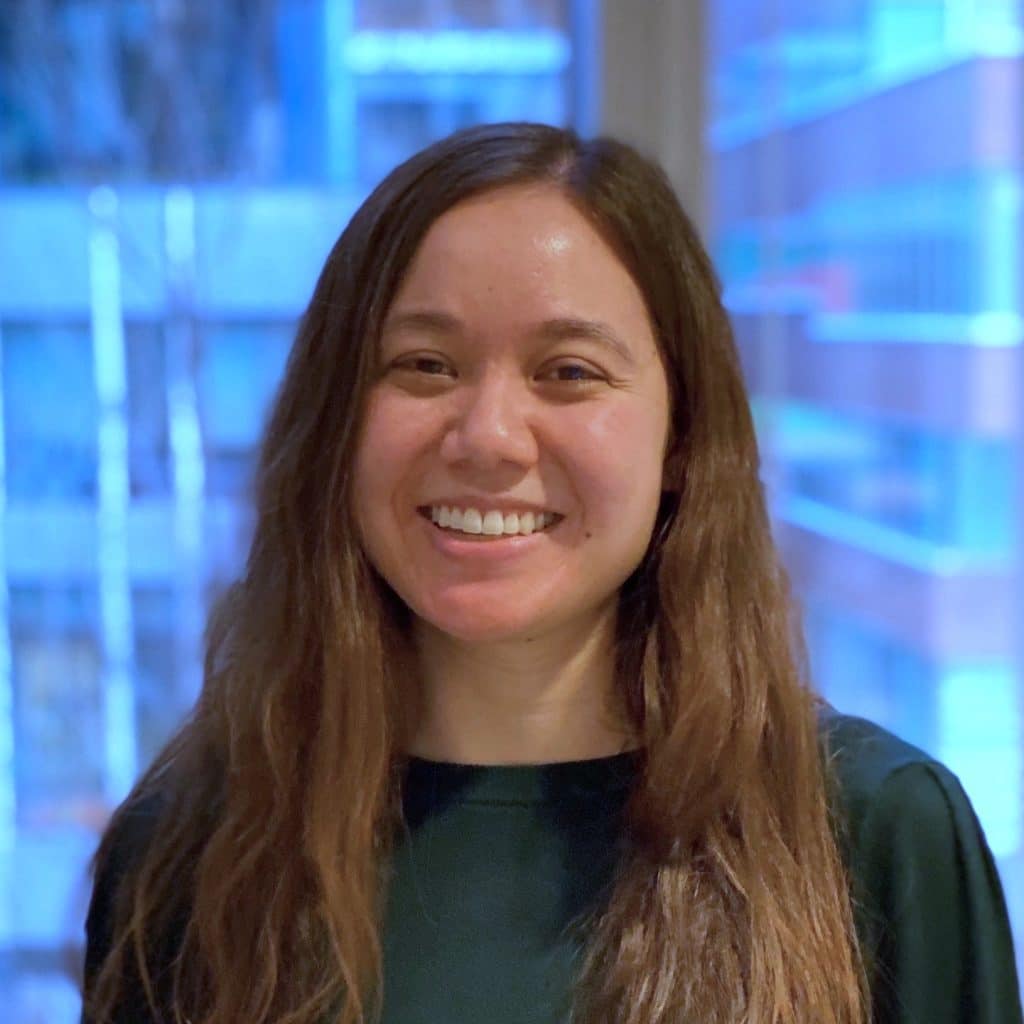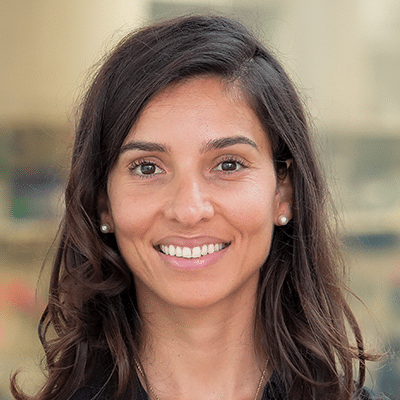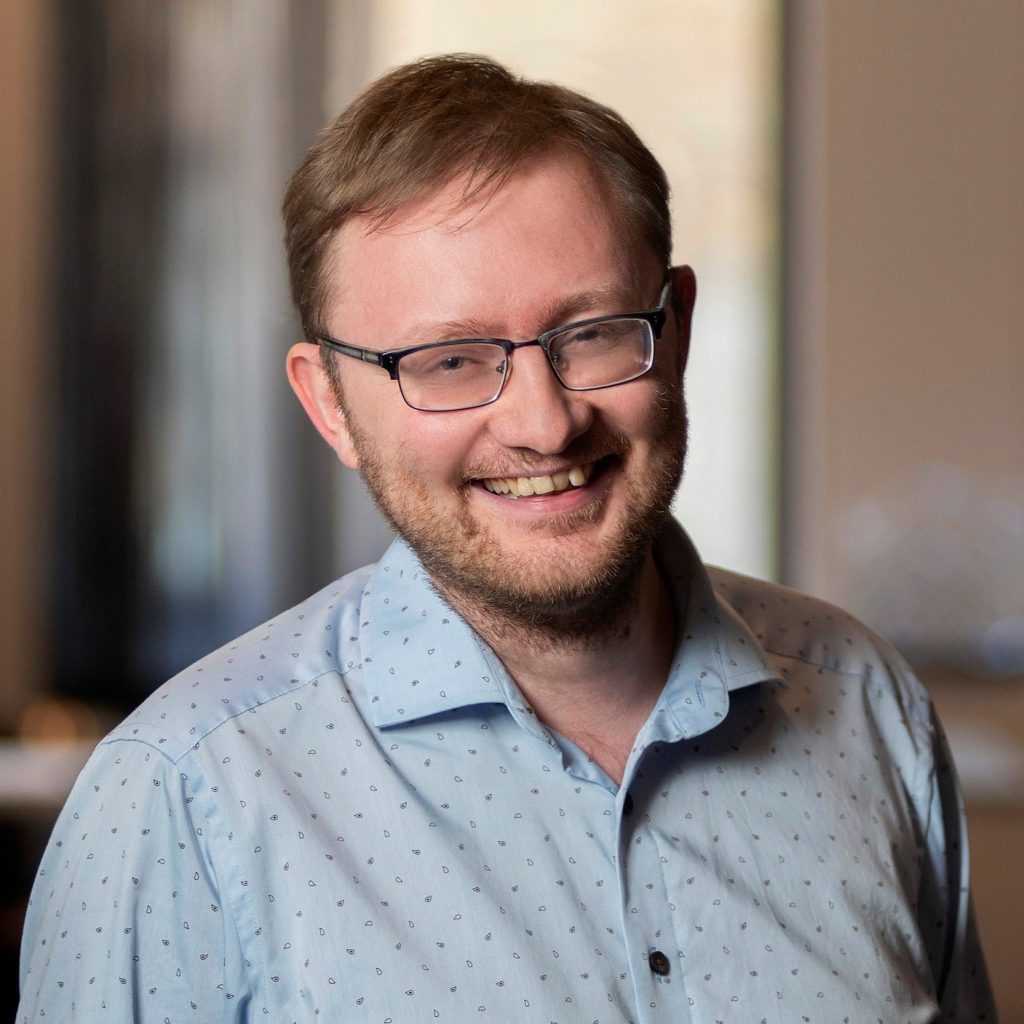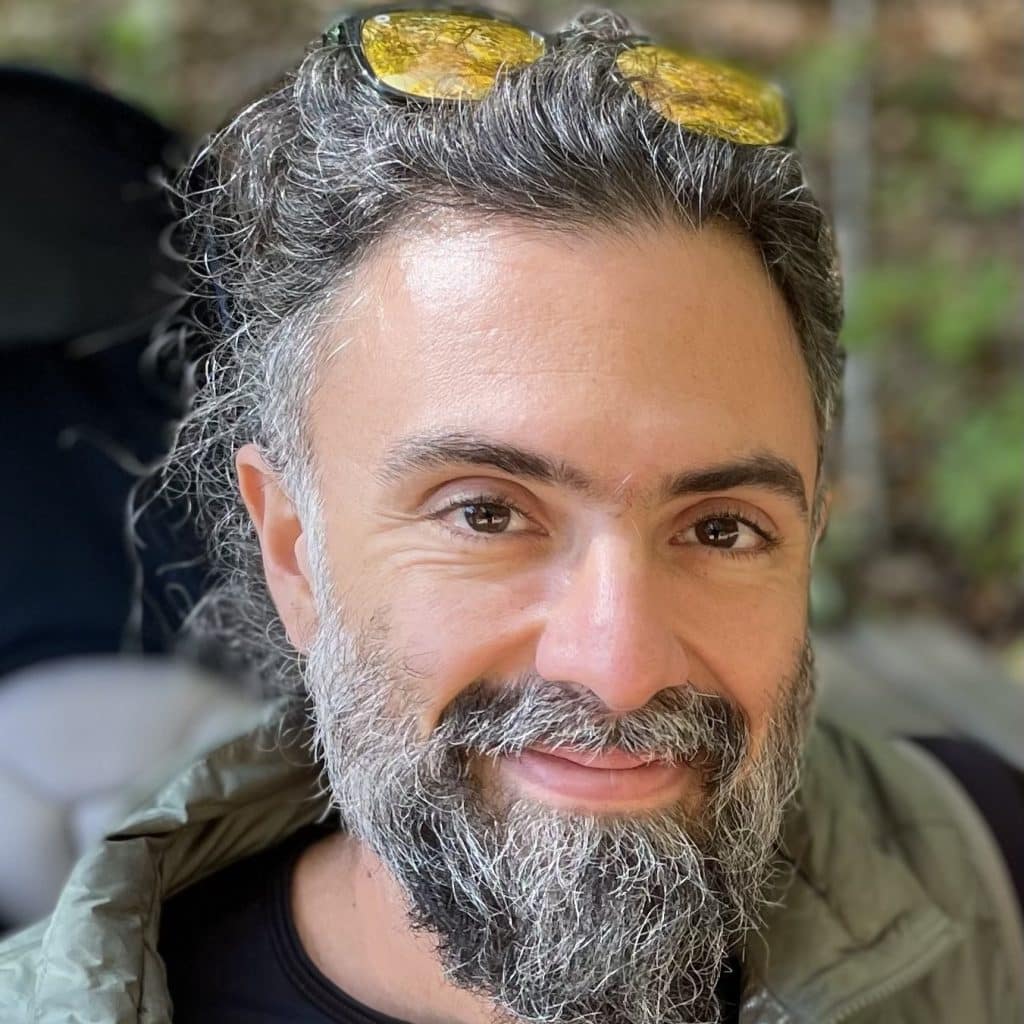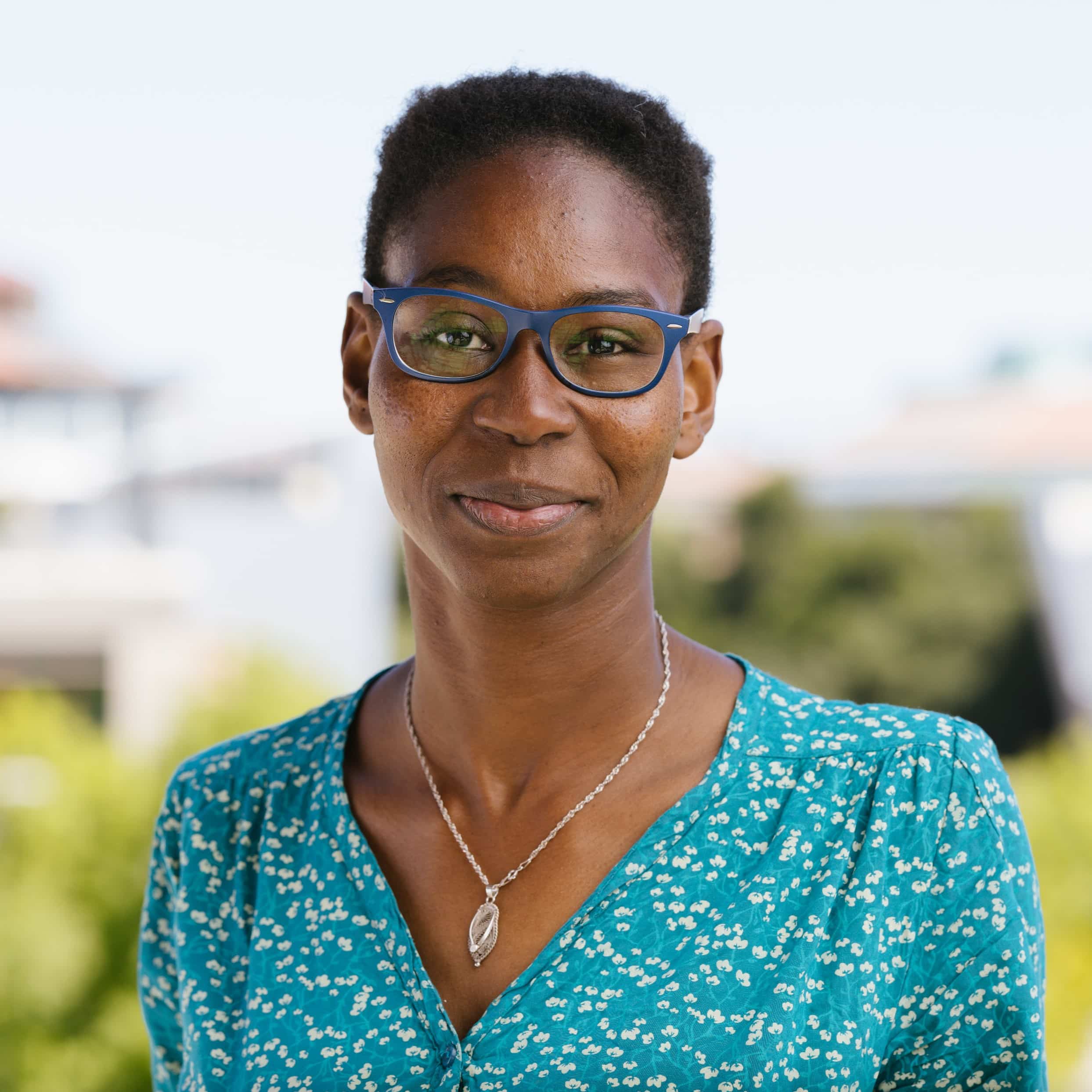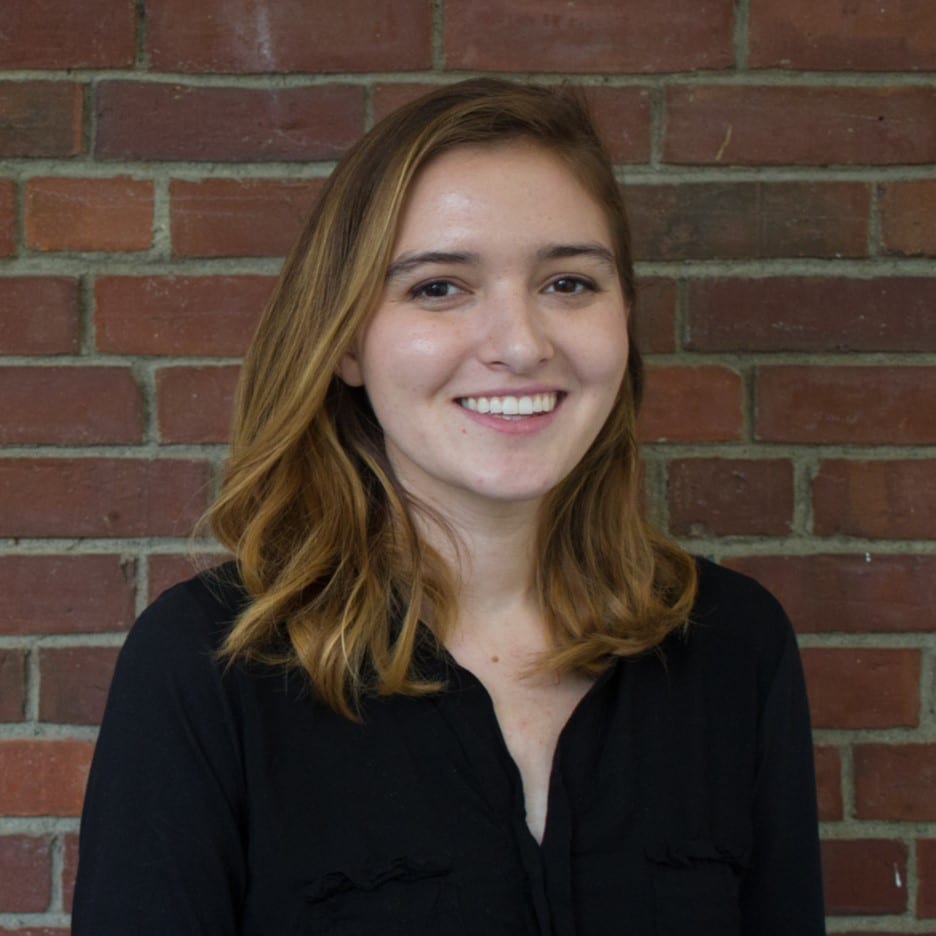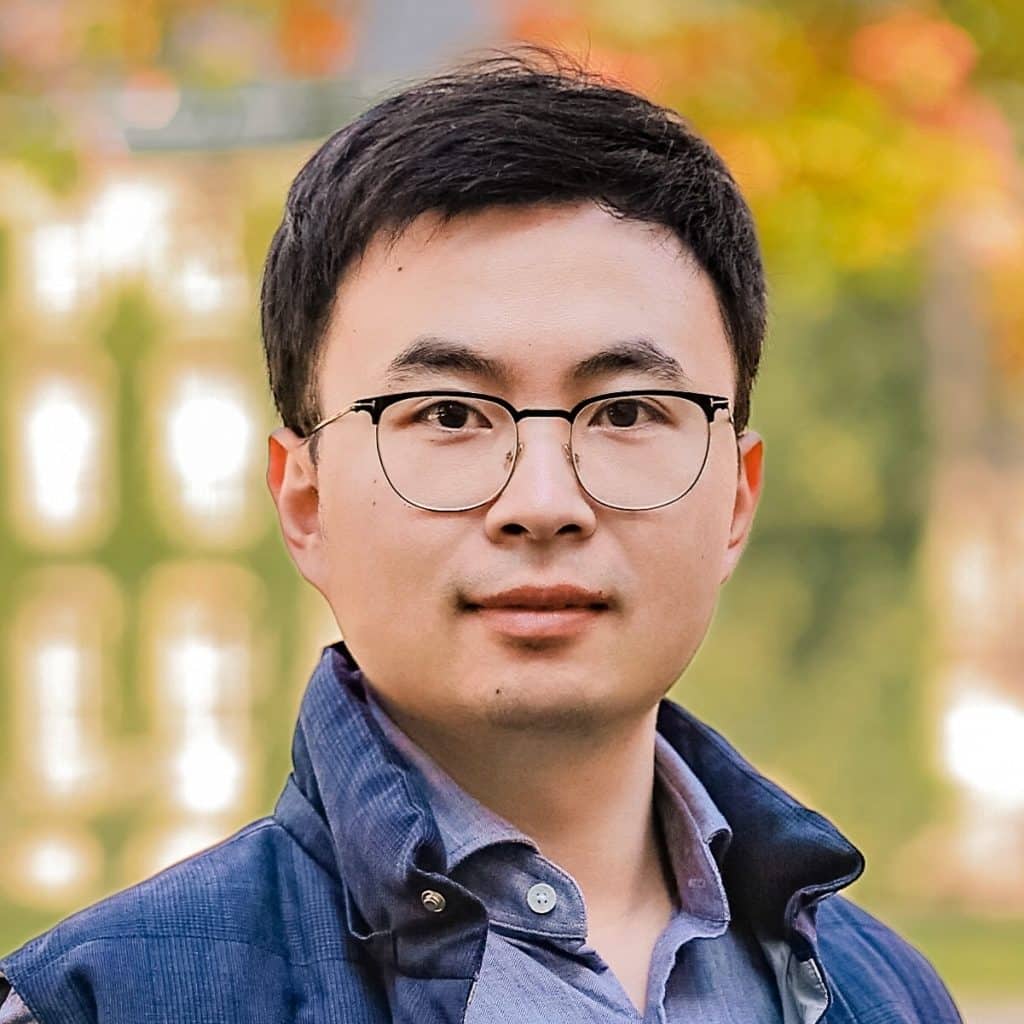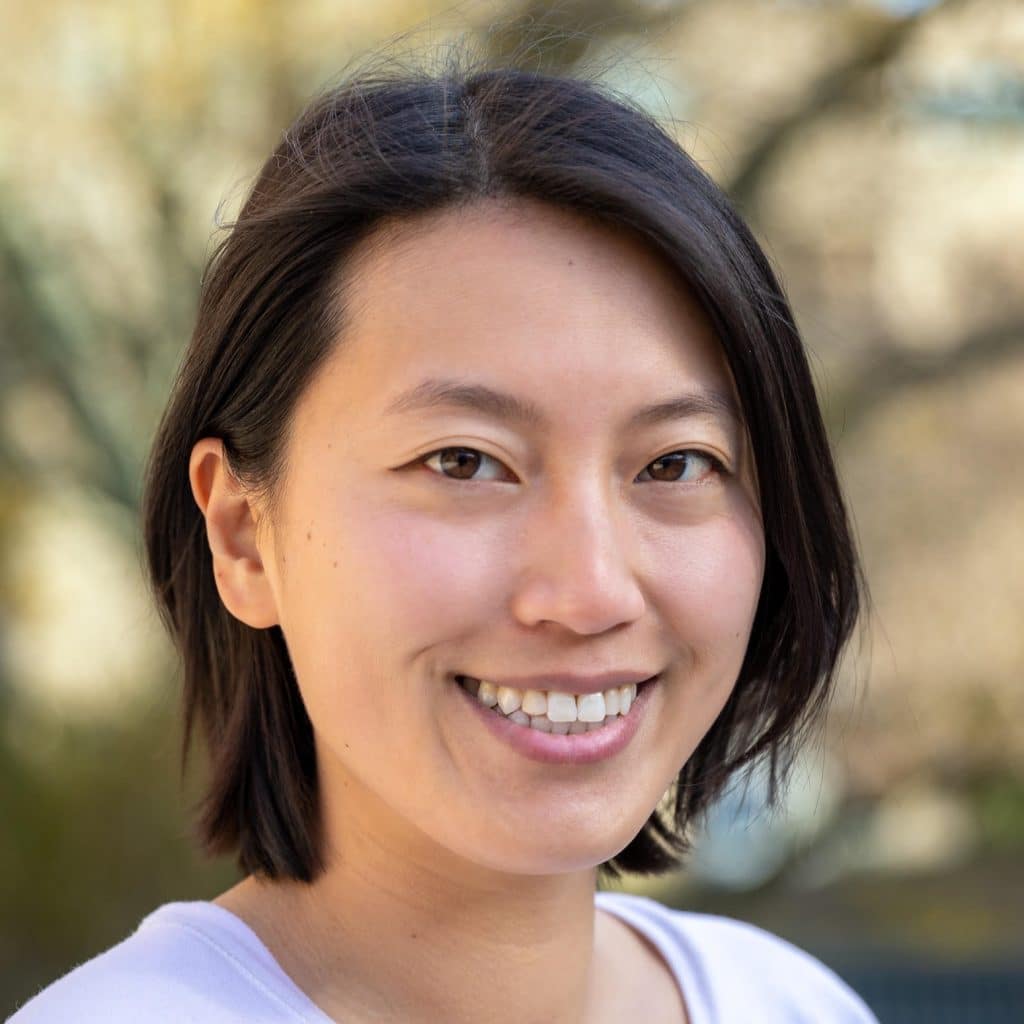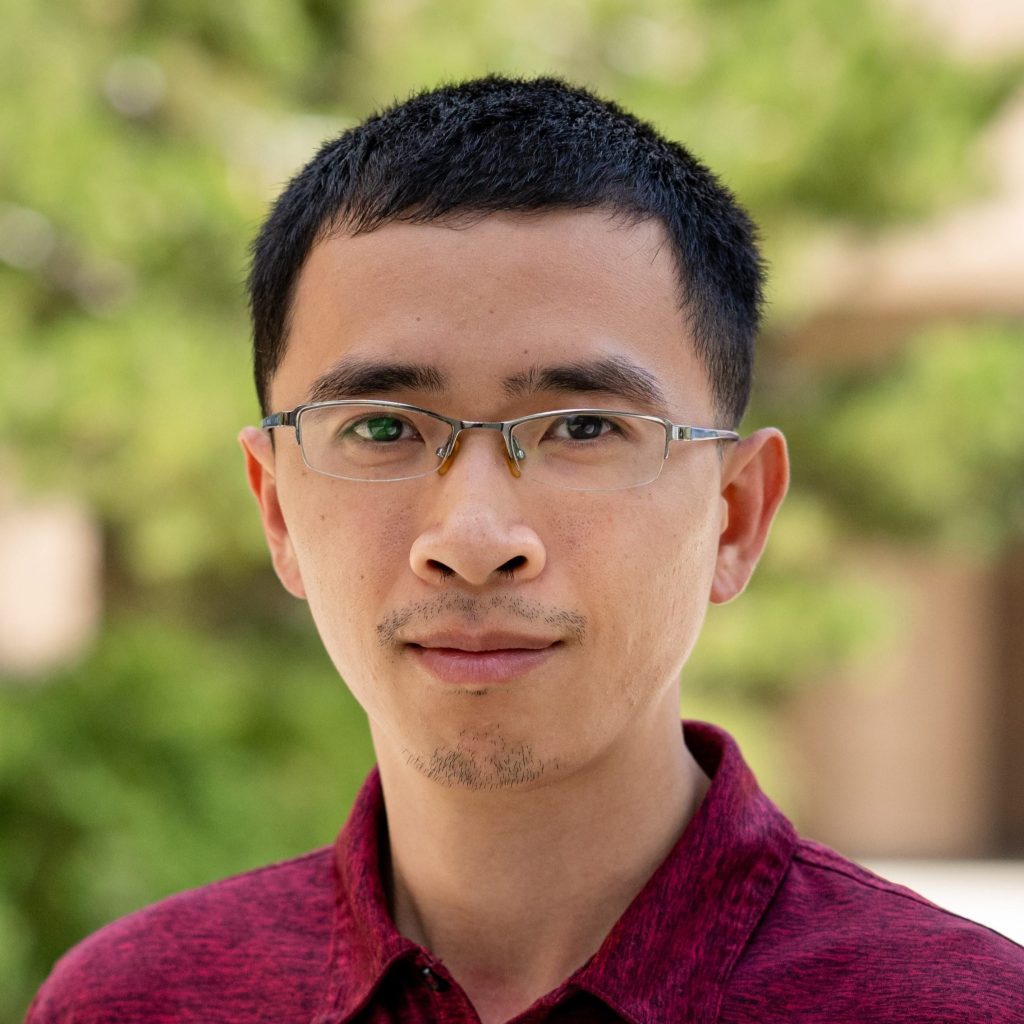The David and Lucile Packard Foundation announced today the 2024 class of Packard Fellows for Science and Engineering. This year’s class features 20 innovative early-career scientists and engineers, who will each receive $875,000 over five years to pursue their research. This year’s class of Fellows are pushing the boundaries of science and innovation in their fields of study, from advances in detecting and treating serious diseases, to understanding how species react to changing climates, to energy-efficient electronics.
“These scientists and engineers are the architects of tomorrow, leading innovation with bold ideas and unyielding determination.” said Nancy Lindborg, President and Chief Executive Officer of the Packard Foundation. “Their work today will be the foundation for the breakthroughs of the future, inspiring the next wave of discovery and invention.”
Since 1988, the Packard Fellowships for Science and Engineering have encouraged visionary work by providing maximum flexibility through unrestricted funds that can be used in any way the Fellows choose, including paying for necessities like child care.
This latitude gives Fellows the opportunity to experiment and lead cutting-edge research which has led to critical advancements that impact our daily lives.
From studying endangered species and improving clean energy technology to making connections between DNA and disease and supporting well-rounded health care, the Packard Fellows are contributing to a future where people and nature can flourish.
Fellows have gone on to earn some of the most esteemed recognitions, including Nobel Prizes in Chemistry and Physics, which includes last year’s Nobel Laureate in Chemistry, Moungi Bawendi, and this year’s Nobel Laureate in Chemistry, David Baker. Fellows have been awarded Fields Medals, Alan T. Waterman Awards, Breakthrough Prizes, Kavli Prizes, and elections to the National Academies of Science, Engineering, and Medicine.
The Packard Fellowships were inspired by David Packard’s passion for science and engineering and his commitment to strengthening university-based science and engineering programs in the United States. He recognized that the success of the Hewlett-Packard Company, which he co-founded, was derived in large measure from research and development in university laboratories. It was with this spirit that the Foundation launched the Packard Fellowships for Science and Engineering program 36 years ago. Since its inception, the Packard Foundation has awarded nearly $500 million to support 715 scientists and engineers from 55 universities.
“This extraordinary class of Fellows joins the community of Packard Fellows who are pushing the boundaries of innovation and discovery to contribute to science and engineering in ways that make a real difference to our world,” said Dr. Richard Alley, Chair of the Packard Fellowships for Science & Engineering Advisory Panel, and 1991 Packard Fellow. “We look forward to welcoming them to the Packard Fellows community and supporting them as they collaborate, learn, and create the future together.”
Each year, the Foundation invites 50 universities to nominate two faculty members for consideration. The Packard Fellowships Advisory Panel, a group of 12 internationally recognized scientists and engineers, evaluates the nominations and recommends Fellows for approval by the Packard Foundation Board of Trustees.
The recipients of the 2024 Packard Fellowships for Science and Engineering are:
Josh Alman
Department of Computer Science,
Columbia University
Learn more
Discipline: Computer/Information Sciences
Data is often represented by algebraic objects like matrices, vectors, and polynomials, so manipulating and understanding large data sets frequently requires fast algebraic algorithms. Alman develops such algorithms, including for multiplying matrices and computing Fourier transforms, and uses them to solve a wide variety of computational problems.
Benjamin Freeman
School of Biological Sciences,
Georgia Institute of Technology
Learn more
Discipline: Ecology, Evolutionary Biology
Climate change has set in motion an “escalator to extinction” as mountain species move uphill to cooler elevations, occupy shrinking ranges, and then go extinct. The Freeman lab investigates why some species—but not others—are riding this “escalator”, and how mountain biodiversity can persist in a warming world.
Anna Ho
Department of Astronomy,
Cornell University
Learn more
Discipline: Astronomy, Astrophysics, Cosmology
Each second, a star explodes somewhere in the Universe, fertilizing it with the elements needed for life on Earth. Using telescopes located all over the world and in space, Ho’s research group studies the lives and deaths of stars and the physics of those phenomena and other energetic cosmic events.
Thomas Hutchcroft
Department of Mathematics,
California Institute of Technology
Learn more
Discipline: Mathematics
Large, complex systems found throughout the natural sciences and beyond often undergo phase transitions, meaning that their behavior changes drastically as some parameter is varied through a special value. Hutchcroft’s work seeks to understand the mathematics underpinning phase transitions including how they are affected by the underlying geometry of space.
Yasser Khan
Department of Electrical & Computer Engineering, University of Southern California
Learn more
Discipline: Engineering – Electrical or Computer
Understanding neurochemical dynamics in the brain and gut can greatly advance our knowledge of neural function and brain-gut communication, offering insights into complex physiological processes and disease mechanisms. The Khan Lab is creating a closed-loop miniaturized sensor network of brain implants and ingestible sensors to enhance the diagnosis and treatment of neurological and gastrointestinal disorders.
Dingchang
Lin
Department of Materials Science and Engineering, Johns Hopkins University
Learn more
Discipline: Materials Science, Nanotechnology, Engineering – Chemical or Biological
Cells continuously respond to internal and external cues through intricate, coordinated, and dynamic signaling networks. Understanding these networks is essential for unraveling the mechanisms underlying health and disease. The Lin Lab harnesses advances in materials science, synthetic biology, and protein engineering to develop tools that spatiotemporally map cellular activities in living animals.
Tushar
Mittal
Department of Geosciences,
Pennsylvania State University
Learn more
Discipline: Geosciences, Physics
Volcanoes link the deep Earth and the surface, affecting the environment and endangering millions of people. The Mittal Lab develops innovative tools that combine geophysical fluid dynamics, rock mechanics, remote sensing, and Earth system modeling to improve the detection and understanding of volcanism, especially in submarine settings.
Andrew Modzelewski
Department of Biomedical Sciences,
University of Pennsylvania
Learn more
Discipline: Biological Sciences, Biochemistry
Nearly 50% of our genome consists of ancient viruses and mobile elements called Retrotransposons. While suppressed in every adult cell, retrotransposons are expressed at key developmental timepoints. The “ModzLab” studies the phenomenon of “Retrotransposon Reactivation” that is essential in the embryo, but is also observed in aging, disease and cancer.
Andrés Montoya-Castillo
Department of Chemistry, University of Colorado, Boulder
Learn more
Discipline: Chemistry
Controlling and designing nonequilibrium processes will offer breakthroughs in renewable energy, photosynthesis, and high-resolution imaging. The Montoya-Castillo group develops and applies theories to predict, measure, and manipulate nonequilibrium energy flow at atomic scales to enable clean and efficient energy conversion in biological and synthetic materials and precision quantum metrology.
Monica Neugebauer
Department of Biochemistry, University of Wisconsin, Madison
Learn more
Discipline: Biochemistry, Biotechnology, Engineering – Chemical or Biological, Chemistry
Metal-catalyzed reactions are prevalent in Nature and indispensable in society. However, new catalysts that bridge natural and synthetic systems are urgently needed to address contemporary sustainability challenges. The Neugebauer group discovers unexplored metalloenzymes from Nature and engineers them for sustainable catalysis through laboratory evolution.
Lena Pernas
Department of Microbiology, Immunology & Molecular Genetics, University of California, Los Angeles
Learn more
Discipline: Biological Sciences
Infection leads to drastic changes in organelle behavior, often described as ‘microbial exploitation’ of the host. The Pernas lab challenges this perspective, focusing on how organellar function and metabolism are rewired to counteract pathogens. Their ultimate goal is to understand how human metabolism influences microbial pathogenesis.
Alexander Philippov
Department of Physics, University of Maryland, College Park
Learn more
Discipline: Astronomy, Astrophysics, Cosmology, Physics
Neutron stars and black holes are among the most mysterious objects in the Universe. Philippov’s group utilizes first-principles computer simulations to unravel the puzzles of how relativistic plasmas energized in their vicinity emit the multi-messenger signals detected on Earth.
Devleena Samanta
Department of Chemistry, University of Texas at Austin
Learn more
Discipline: Chemistry
The Samanta Lab combines proteins and DNA with synthetic nanostructures to create new materials that can interact with living systems in unique ways. These materials are designed to serve as powerful tools for detecting and treating serious diseases like cancer, offering new possibilities for early diagnosis and more effective therapies.
Allison Strom
Department of Physics and Astronomy, Northwestern University
Learn more
Discipline: Astronomy, Astrophysics, Cosmology
There are billions of galaxies in the Universe, each with its own unique combination of traits. The Strom group uses the largest telescopes in the world to observe galaxies throughout cosmic history and determine their internal properties and growth histories, with the goal of understanding why galaxies follow different evolutionary paths.
Carlos Taboada
Department of Biological Sciences, Vanderbilt University
Learn more
Discipline: Biological Sciences
Transparency is a fascinating form of camouflage that requires reducing pigments and minimizing light scattering across the entire organism. From strategies to hide red blood cells to the production of far-red-absorbing proteins, the Taboada Lab studies the complex interplay of physical, biochemical, and physiological mechanisms that create transparent animals.
Hawa Racine Thiam
Department of Bioengineering, Stanford University
Learn more
Discipline: Biological Sciences, Engineering – Chemical or Biological
Immune cells must generate and withstand a range of physical forces to rapidly deform, navigate the complexity of a multicellular environment and interact with their targets. The Thiam Lab studies how physical forces impact cell functions. They develop new tools/approaches to harness the biophysical mechanisms of cells for improved immune cell-based therapy.
Victoria (Ashley) Villar
Department of Astronomy, Harvard University
Learn more
Discipline: Astronomy, Astrophysics, Cosmology
We are all made of star stuff–material forged in the bellies of stars and released into our universe via stellar explosions. The Villar group combines observational astronomy and machine learning to understand the power source for these cosmic events and to uncover the nature of the black holes and neutron stars that they leave behind.
Saien Xie
Department of Electrical and Computer Engineering, Princeton University
Learn more
Discipline: Materials Science, Nanotechnology, Engineering-Electrical or Computer
The increasing demand for computing has led to surging power consumption, which calls for more efficient information processing and storage. The Xie Lab designs and creates atomically engineered materials with quantum mechanical precision, aimed at advancing energy-efficient electronics and quantum applications.
Zoe
Yan
Department of Physics,
University of Chicago
Learn more
Discipline: Physics
Quantum many-body physics is a research field that explores the extraordinary emergent properties of materials, with the potential to revolutionize technologies in computing and electronics. The lab engineers and observes quantum behavior in model systems made out of ultracold molecules (quantum simulation), shedding light on the mysteries of quantum materials.
Ziquan
Zhuang
Department of Mathematics,
Johns Hopkins University
Learn more
Discipline: Mathematics
Solutions to Einstein’s equation are often governed by delicate mathematical structures of the underlying spaces. Zhuang’s research explores spaces in all dimensions that carry special metrics (such as Kähler-Einstein metrics) which align with Einstein’s equation, with a particular focus on algebraic and geometric structures such as K-stability and birational geometry.
